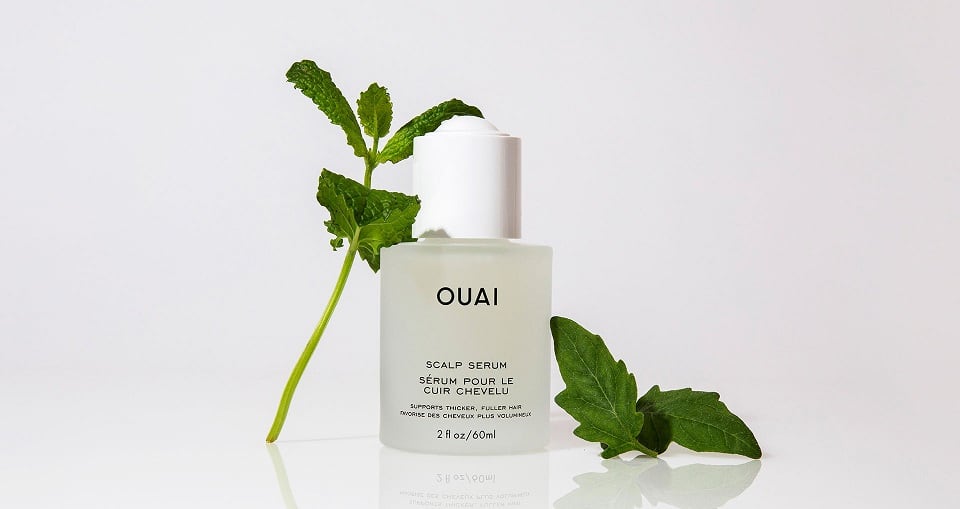In 2022, the global beauty and personal care industry was valued at €482bn ($527bn), with 16% of sales coming directly from hair care, according to Euromonitor International. And over the next five years (2022-2027), the market research firm said the total beauty and personal care category was set to grow at a CAGR of 3%.
‘New opportunities and challenges’ in hair care
Connor Spicer, senior research analyst for beauty and personal care at Euromonitor International, said that within this, hair care would remain important and continue to morph in a post-pandemic world defined by inflationary pressures.
Speaking to attendees at a presentation during last week’s in-Cosmetics trade show in Barcelona, Spain, Spicer said: “The COVID-19 subsequent inflationary pressured has played a fundamental role in how consumers use and interact with hair care products, bringing along the way new opportunities and challenges.”
Consumers, he said, were stripping back hair care routines to focus on what they considered the essentials. But they were also placing increased importance on self-care and overall wellness, he said.
Post-pandemic, the number-one global hair care concern was now ageing. This was followed by damage and then scalp problems, he said, with an increase as well in hair loss concerns since 2020.
As a result, hair care products associated with “high efficacy and multifunctionality” appealed to consumers, he said, with a renewed focus on quality. For ageing and hair loss concerns, consumers were now investing in weekly hair treatments, for example, and many were also focusing on hair enhancement products, he said.
“The way consumers are purchasing their products is more selective with fewer, higher quality items,” Spicer said.
And according to Euromonitor International survey data, this higher consumer expenditure was now evident across the global hair care market. The analyst said this could, in part, be attributed to hair care trends such as scalp care and hair loss where products were often priced higher, but also a return to normal life post-COVID.
The ‘skinification of hair’ and ingredient-led formulations
Spicer said a global focus on skin health post-pandemic had also well and truly established itself in hair care, presenting as “the skinification of hair”.
And many brands were already responding, he said, with products claiming a variety of skin health benefits, such as hydration, healthy scalp, or hypoallergenic.
Similarly, ingredient-led formulations were proving popular amongst consumers, with hyaluronic acid, salicylic acid and niacinamide all featured in hair care products, reinstating the skin health focus in the category, he said.
Wider education and concerns around sustainability were also driving this focus, Spicer said. “Today’s consumers are more invested in ingredient-led beauty than ever before, driven by growing consumer knowledge and a desire to find the most sustainable products.”
Ingredient transparency, therefore, had become crucial in hair care, he said, and would continue to be as concerns around environmental issues like water use continued to build.
Pushing “purpose over profit” would also therefore be key for consumer engagement and retention in the future, the analyst said.
APAC a ‘key region’ for hair care growth
Spicer said the Asia-Pacific (APAC) region presented plenty of opportunities for the future of hair care and represented a “key region for future growth” as Western Europe saw market share shrink.
In 2022, he said APAC accounted for the most hair care sales worldwide, and this was expected to continue into 2027 with “particularly strong growth in China and Indonesia”. Hair care growth in this region, he said, was being propelled by higher consumer demand for scalp care benefits, premiumisation and conscious hair care trends.
Looking ahead, he said the skinification of hair would also continue to engage consumers in the APAC region as they imitated full skin care routines on their hair and scalp with a variety of products, including scalp cleansers, scalp serums, hair loss solutions and even hairline makeup.




